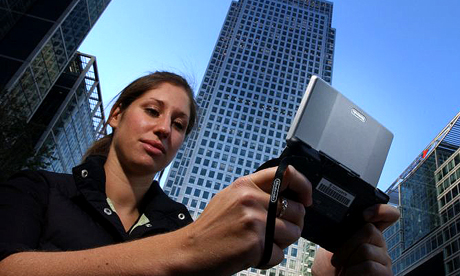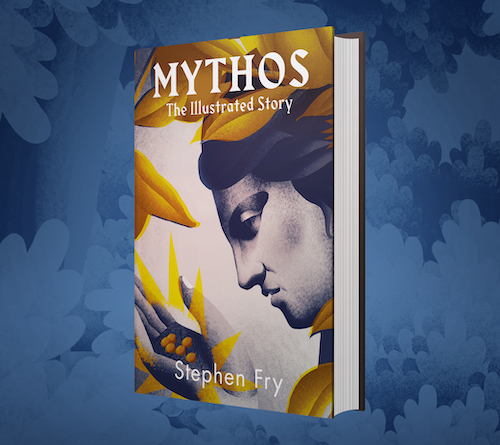Column “Dork Talk” published on Saturday 23rd August 2008 in The Guardian “Dork Talk” – The Guardian headline
Stephen Fry has a lot of affection for Nintendo’s DS, which he finds much more engaging than Sony’s PSP
Poor Nintendo. Those clever little handheld games in the 80s: small, orange, plastic “Game & Watch” devices that opened up like a book. A gorilla threw barrels down at you while you leapt about a beeping LCD world. Then came the NES Game Console, followed by the highly successful Game Boy. After that, things began to go wrong: the Nintendo 64 and its successor, the GameCube, failed to penetrate what was now an enormous market. The oldest video games company of them all was in trouble: Donkey Kong and the Mario Brothers seemed destined to go the way of Atari and Sega, Pong and Sonic the Hedgehog, while the big boys would be left to slug it out with their PlayStations and Xboxes. That was Sony and Microsoft’s plan, and no one doubted it would be so. Nintendo, as a games brand, was about as hot as Waddingtons.

“I Nintendo live for ever, or die trying” – Mario Marx.
And then came its “seventh generation” offerings, the DS and the Wii (pronounced “wee”). The assumption made by Sony and Microsoft was that awesome processing power, state-of-the-art graphics, smooth animation and voluminous storage would make their big beasts market leaders. Nintendo staked all on cheaper devices that stressed a personal relationship between player and machine. The DS was all about a highly portable, stylus-driven environment, while the Wii – well, the Wii changed the rules completely.
The DS and its more streamlined successor, the DS Lite, reached out to women and the middle-aged, and managed to do this without alienating the core gaming audience. Games for teenage girls, games for sudoku-playing commuters, “brain trainer” games for fortysomethings – whole new audiences were being reached, and the units sold in their millions.
My DS Lite is pink. There was so much demand earlier this year that they couldn’t be had for bribes, sexual favours or worse. Unless you accepted girly pink. The moment you open it, you are taken back to the old Game & Watch days but can see why the DS has succeeded so well with the middle class, the middle-aged and the Hello Kitty/My Little Strawberry Shortcake Pony set. You set up in a twinkle and then play on two screens, one of which accepts stylus input and touches.
As well as being backwardly compatible with the Game Boy Advance, there are hundreds of DS-specific games to choose from, some available on all platforms, such as Lego Star Wars; others proprietary and particular, such as Mario Kart. Fashion Dogz, Hannah Montana: Music Jam and Imagine Girl Band look after the all-important little girl sector, while Call of Duty, Race Driver: Grid and endless sports implementations show that your classic boy gamer isn’t left out either. He will prefer the versions on the Xbox 360 and PlayStation 3, of course, but Nintendo’s whole strategy is to encourage crossover. Adults are turned on to the joys of shoot ’em ups and RPGs, the young discover Space Invaders and Scrabble. That’s the theory, and more than 100m units sold make it hard to disprove. The DS is nothing like as feature rich as the PlayStation Portable, but it isn’t trying to be. The philosophy seems so counterintuitive at first blush: surely today’s digital devices demand the Swiss Army knife approach? If the DS has a touch screen, speakers and controls, then it should offer USB connections, AV and HDMI in and out sockets, memory cards, MP3 and movie playback, Wi-Fi and texting. Convergence is all, no? Well, we humans can be so ornery. A simple pocket knife can be more appealing and usable than a bristling Victorinox, and a dedicated little games machine like the DS can engage us far more than the sleek power of the PSP. You can feel admiration and even awe for the big power boxes, but for the DS you feel affection – and that, in marketing terms, is worth a whole heap more.
Next wiik, wii’ll take a wii look at Nintendo’s other phenomenally successful platform…
Acronym of the week
HDMI High Definition Multimedia Interface. Says it all, really. Neat single cable attachment for HD TVs, Blu-ray players and modern gaming consoles.



